President Donald Trump on Wednesday said he would delay by a month new tariffs covering Canadian and Mexican auto imports. But even with that delay, the industry is waiting to see if Trump will next move to target additional trade partners. Trump has already hinted that European automakers could be next in his sights. More from Headlight.News.
The auto industry got a brief reprieve on Wednesday when President Donald Trump delayed new tariffs specifically targeting vehicles and parts imported from Canada and Mexico. But there are few signs that delay will be extended without a major diplomatic breakthrough.
If anything, the industry is growing increasingly worried Trump’s desire to take on traditional trade allies remains unquenched. As far back as 2018, during his first term in the White House, Trump signaled a desire to hit European automakers with 20% tariffs. He is now talking 25%, claiming last month the EU has “taken advantage” of the United States because its member nations “don’t accept our cars.”
With Trump appearing to ready to expand his trade war, European governments – and automakers are looking at their options. Several have told Headlight.News significant price hikes would be a strong possibility – though they might also pull some products from the U.S. market or explore opportunities to shift some production to the States.
The numbers

About one in five vehicles exported by the EU – such as this Mercedes-Benz CLE – target U.S. buyers.
While more than a fifth of EU vehicle exports target the U.S., over 15% of U.S. vehicles are shipped to Europe, according to the European Automobile Manufacturers Association – better known by its French acronym, ACEA.
That said, European automakers are far more reliant on exports and they’ve been sending around 750,000 vehicles, worth more than $40 billion worth of vehicles to the U.S. annually in recent years – about 20% of the continent’s total auto exports. About 275,000 American-made products averaging around $10 billion go the other way across the Atlantic, 15% of the total U.S. auto exports, ACEA noted..
Trump has long called out that gap and warned he would put tariffs in place on European-made vehicles. He has repeatedly demanded, as far back as 2018, that EU manufacturers should “Build them here,” downplaying the fact that key automakers like BMW, Mercedes-Benz and Volvo already do have major assembly operations in the U.S.
Current EU-U.S. tariffs
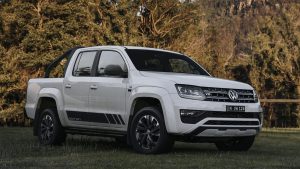
The “chicken tax” already keeps most European light trucks – like this VW Amarok – out of the U.S. market.
Trump frequently cites the 10% tariffs the EU imposes on American-made automobiles. The U.S. tariff on European-made vehicles is only 2.5%. That is, however, just part of the story.
“He focuses, for example, a lot on the tariff on cars,” Georgetown University professor Jennifer A. Hillman said during a webinar run last month sponsored by the Washington International Trade Association. “Yet, he doesn’t remind everybody that we have a tariff of 25% on trucks.”
The so-called “chicken tax” imposed during a 1964 trade war – triggered by tariffs by American chicken exports — has long priced many European light trucks out of the American market.
More Auto Trade News
- Trump’s Tariff Sticker Shock Could Cripple Auto Industry
- One-Month Reprieve Ordered by Trump on Auto Tariffs
- Is Trump State Dept. Covering Up Sweetheart Deal for Musk’s Tesla?
A “myth”
Hillman called it a “myth” that the EU isn’t playing fair when it comes to American auto exports. Most experts agree, arguing that several other issues are responsible for the gap.
American motor vehicles are significantly larger than those sold in countries like France, Germany and Italy and typically deliver substantially lower fuel economy.
Whatever the reason, European automakers are taking the threat of new Trump tariffs seriously and have begun looking for alternatives.
EU auto tariffs seen as increasingly likely

Ineos Automotive CEO Lynn Calder, center, says tariffs would deliver a “significant blow” to the start-up.
“We have an expectation of tariffs,” and they’re very likely to target not just the EU but the UK, Lynn Calder, CEO of British start-up Ineos told Headlight.News this week. The automaker is based in Britain but produces its Grenadier SUV and Quartermaster pickup-up in Hambach, France.
Like a number of other European automakers who spoke about the impact of tariffs, Calder said they “would be a significant blow.” Ineos might try to absorb some of the added duties, especially if Trump goes for a lower figure than what he’s called for on Canadian and Mexican vehicles. But, said Calder, “at 25% we can’t protect our customers.”
That’s the general consensus among EU-based manufacturers, Headlight.News learned, most of the companies that would discuss tariffs asking to remain on background for fear of getting caught up in testy U.S. politics.
What next?
If European automakers can’t absorb tariffs they’re left with few other good options. With analysts like Cox Automotive warning that today’s high sticker prices are leading many buyers to steer clear of new vehicles, EU brands such as Ineos, BMW, Mercedes and Volkswagen could take big hits to their sales numbers.
An alternative would be to work around tariffs. Calder said Ineos might consider setting up a manufacturing operation in the States – though the financial impact would be severe for the start-up which sold just 8,000 vehicles in the U.S. last year.
For his part, Volvo CEO Jim Rowan anticipates Trump may boost EU auto import duties to at least 10%, and possibly as high as 25%.
The company operates a modest-sized assembly operation in Charleston, South Carolina for vehicles such as the all-electric EX90. It currently has some excess capacity, Rowan told Automotive News. The factory also could be expanded he told the publication on March 5 during the debut of the new ES90 battery-electric sedan.
“Our paint lines and everything else that we need to just put the platform in and start building a car is there,” said Rowan.
The company is already taking steps to work around the 100% tariff on Chinese-made EVs enacted by former Pres. Joe Biden last year. It is moving production of the all-electric EX30 from China to Belgium – though that could wind up subjecting the little EV to any future EU tariffs.
More U.S. production could follow
Volvo is just one of the European automakers already building vehicles in the U.S. Mercedes-Benz operates a major assembly plant near Tuscaloosa, Alabama to produce vehicles like the GLE, GLS Maybach and all-electric EQS SUV and EQE SUV. Two-thirds of the plant’s production is earmarked for export.
The BMW plant in Spartanburg, South Carolina, meanwhile, is the automaker’s largest production facility in the world, assembling various SUVs like the X3, X5 and X7. In a news release issued last week the automaker noted that 2024 marked the 10th consecutive year in which it was the largest auto exporter operating out of the United States. About 70% of its output is shipped to 120 different countries.
Volvo’s EV spin-off Polestar also produces vehicles in Charleston and could take advantage of that plant’s capacity.
Volkswagen has made several expansions at its factory in Chattanooga, Tennessee, but it’s also dependent upon operations in Mexico for products like the entry-level Taos and, some analysts have speculated, may see reason to grow the U.S. plant still more.
But while it might be easy to increase output at some European-owned plants, adding new factories — or making major expansions to existing ones — could take several years, said analyst Stephanie Brinley, of S&P Global Mobility, and run up costs in the hundreds of millions of dollars. All new factories often top $1 billion. And, with some products, the added cost might not be justified. That, analysts warn, could lead automakers to pull some models out of the US. market.
What’s clear is that European automakers aren’t ignoring the threat of tariffs, especially not after Trump said last month tariffs on the EU which could be as high as “25% generally speaking, and that’ll be on cars and all the things.”

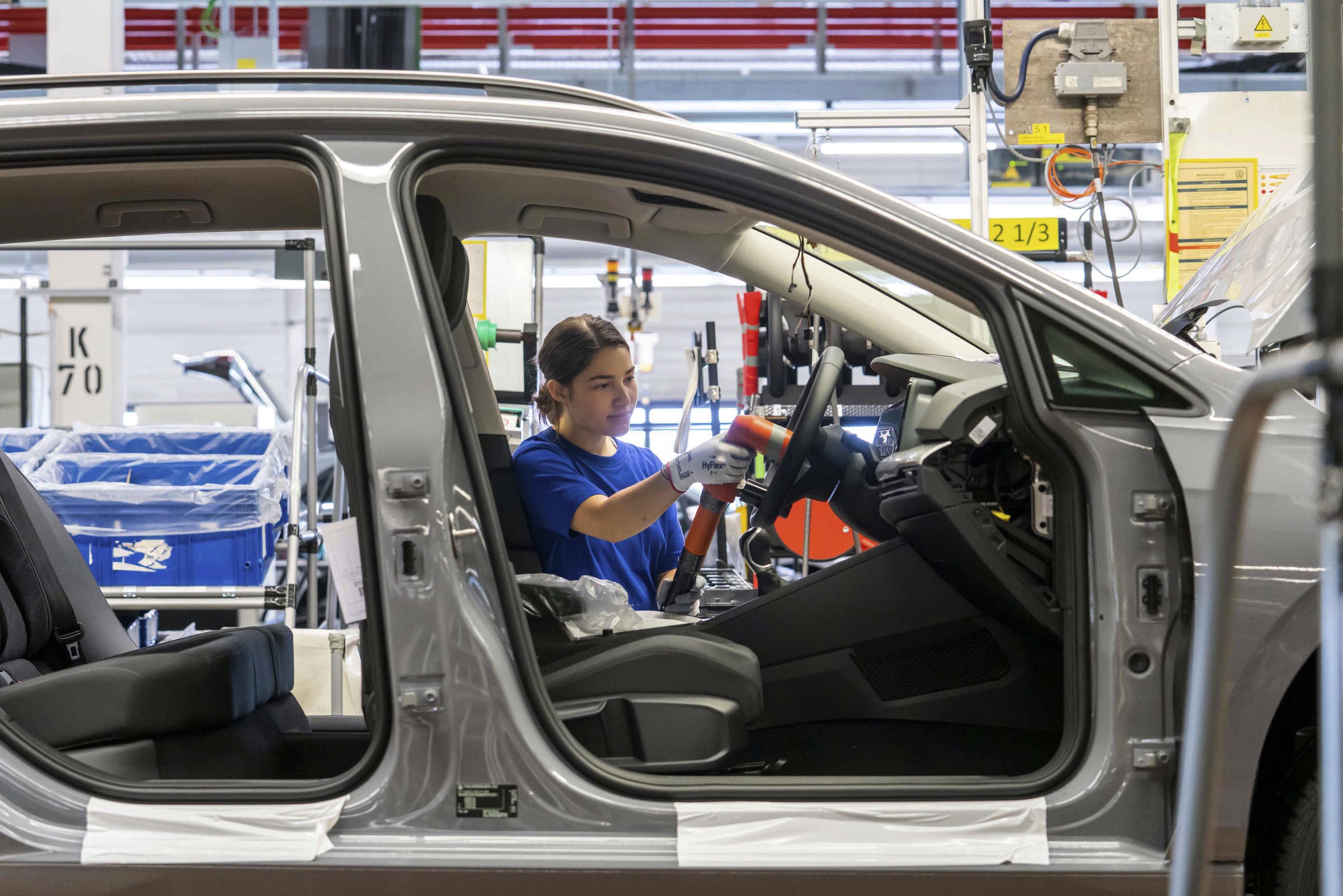

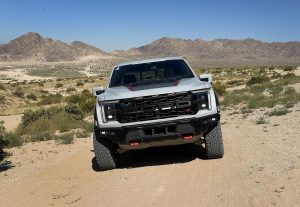
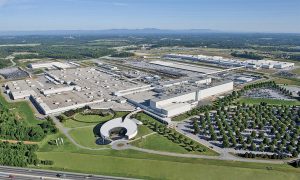
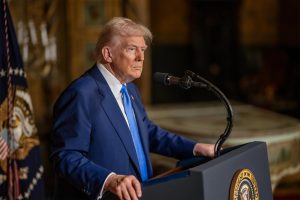
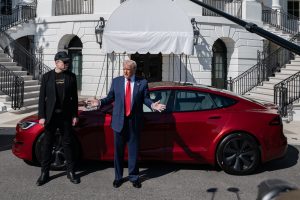
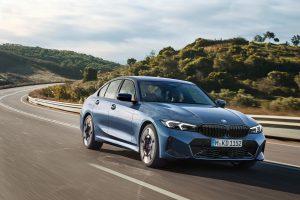
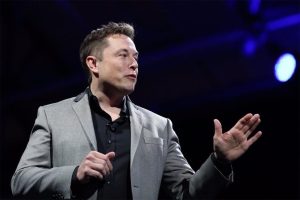
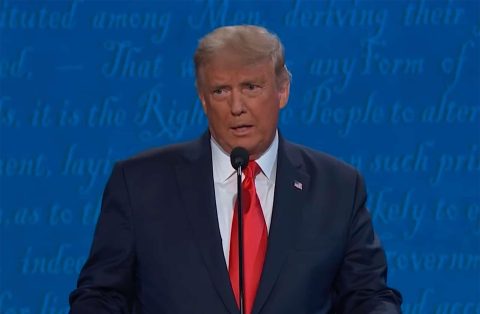

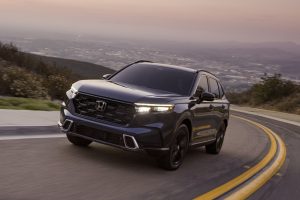
0 Comments